The iPhone 6 Review
by Joshua Ho, Brandon Chester, Chris Heinonen & Ryan Smith on September 30, 2014 8:01 AM EST- Posted in
- Smartphones
- Apple
- Mobile
- iPhone 6
Display
As the primary mode of interaction with the phone, the display is one of the most important areas of evaluation. Of course, the methods of evaluation can be hotly debated. There is a great deal of subjectivity in this area in terms of what someone prefers. However, for the sake of color calibration our tests follow world-wide standards instead of personal preference one way or another. This means that we use the sRGB gamut and 2.2 gamma, which most content is adapted to. While AdobeRGB and other gamuts exist, these are for limited use cases and only applicable to operating systems that are aware of multiple gamuts and can dynamically switch between them depending upon the metadata of the content. In order to accurately test for how well a display conforms to these standards, we use SpectraCal’s CalMAN 5 along with a spectrophotometer for accurate color readings.
For those that are unfamiliar with the display of the iPhone 6 and Apple’s key marketing points on this new model, the improvements are mostly centered on higher resolution, contrast, and better viewing angles. In terms of higher resolution the iPhone 6 moves from the 1136x640 pixels of the iPhone 5/5s generation to 1334x750 pixels. However, this doesn’t improve the pixel density, which remains at 326 pixels per inch.
In practice, I definitely continue to notice the difference in resolution when using the iPhone 6 as opposed to the higher pixel density iPhone 6 Plus and the various Android smartphones with 450+ PPI displays. I definitely don’t find the resolution to be a problem though, as these issues only become significant to me below 300 PPI. I do think that around 450 to 500 PPI is the right place to be when balancing pixel density and power, but Apple’s choice should pay off in the form of better power consumption especially because LED backlights rapidly lose efficiency near the highest current region.
The other issue at hand is that of viewing angles. While Apple is one of the first to really talk about dual domain pixels, this technique is rather commonly used to improve viewing angles. The result is that a pair of pixels will appear to be a chevron, and overall the pixels appear to be squiggly in nature. While this doesn’t really change the readability of the display at extreme angles, colors like white no longer have noticeable red/yellow/blue shifts depending upon the angle that the display is shifted at.
This is definitely noticeable in everyday use, as the iPhone 5s could only avoid color shifting at certain angles instead of every angle. As I predicted in the launch article though, the one caveat seems to be that black has a noticeable shift towards purple in certain angles. There's also a noticeable hatching on close examination, but this doesn't affect image quality. This is definitely better than what I see on AMOLED though, as while AMOLED has much better brightness stability the color shifting is far more obvious and significant.

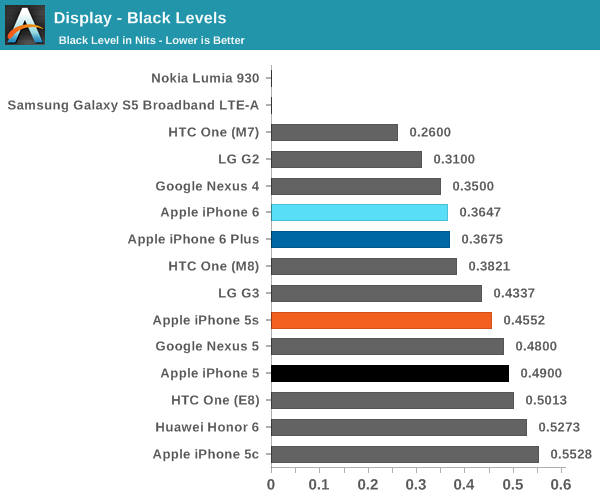

Now that we’ve covered the other two, we can talk about contrast. For this test, we measure brightness of 100% white and black at maximum display brightness, and look at the ratio. While we’re looking into getting patterns that can’t be defeated by dynamic contrast/backlight this should give an idea of best case contrast. In this case, peak brightness is on the high side at 560 nits, with relatively low black brightness at about a third of a nit. The result is one of the best contrast ratios I’ve ever seen. While the HTC One (M7) has a 1743:1 contrast ratio in our tests, some testing I’ve done indicates that the true contrast ratio is realistically around that of the One (M8). I’m not quite sure how this was done, but Apple stated that a new deposition process was used for the liquid crystals. This, along with changes to the liquid crystals themselves, could be responsible for the improved contrast.
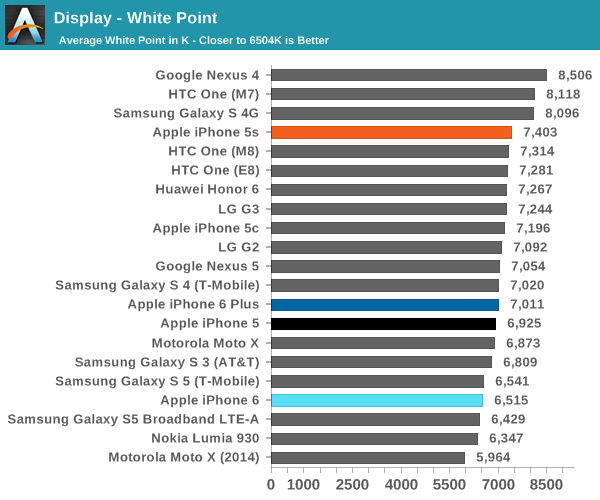
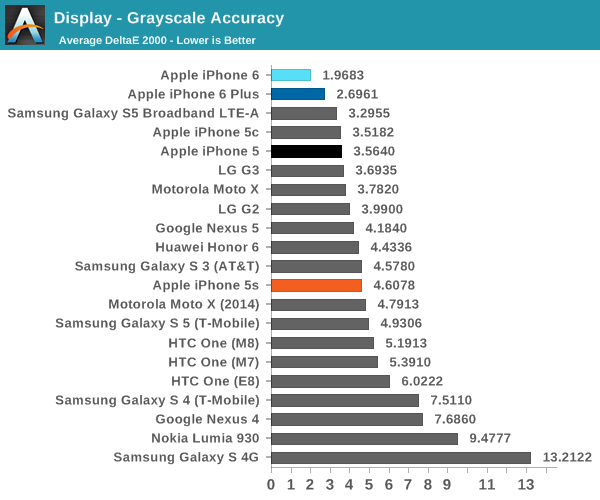
The next part to talk about is grayscale, which is an area where Apple seemed to prefer bluer color balances. I don’t really have much to pick at here, because the level of calibration here is incredible. While there is a noticeable trend of overshooting red at the low end and undershooting red at the high end, this is nitpicking at best. At any rate, this is essentially perfect.
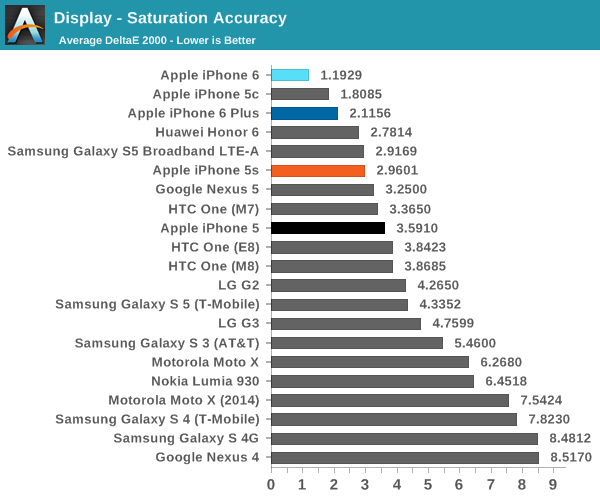
Our next test is the saturation sweep, which tests each primary and secondary color for accuracy in hue and luminance. While it’s true that humans can be relatively insensitive to differences in saturation, it is all too common to see OEMs artificially compress saturations to have vivid colors and be able to claim that they have an accurate display because it matches the sRGB gamut. In this test, the iPhone 6 sets a new record. I really don’t have any objections here because a dE2000 value of 1.19 is a deviation that is almost impossible to notice.
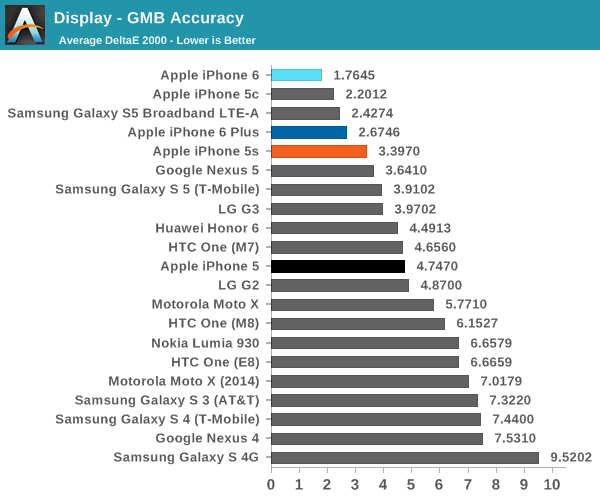
The final test is the Gretag MacBeth ColorChecker, which tests various hues and is usually one of the hardest tests to perform well in. In this regard, the iPhone 6 once again sets a new record for accuracy. This display is effectively calibrated to sRGB, and one would be hard pressed to find a significant deviation when compared to a reference monitor.
Overall, it’s hard to find any criticism for this display. I would normally be incredibly suspicious to see these numbers on a smartphone, but the fact that there’s a hot pixel in the center of the display suggests to me that this was not a cherry-picked unit. The fact that I find this level of calibration to be suspicious speaks volumes about how good this display is. While contrast isn't AMOLED levels of black, there are no purple smearing effects, noticeable uneven luminance near black, or any other idiosyncrasies.


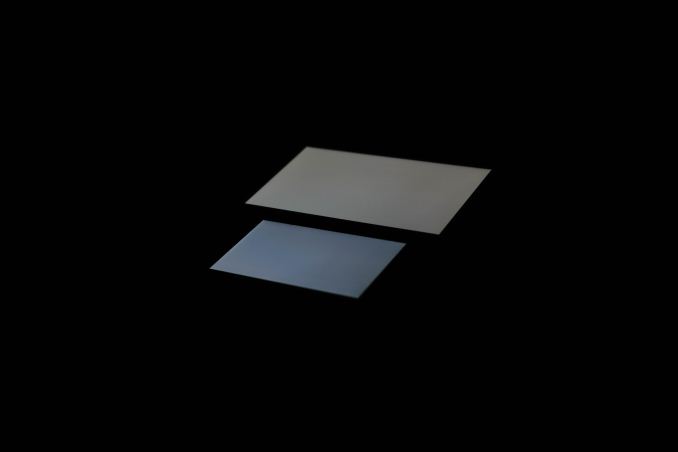
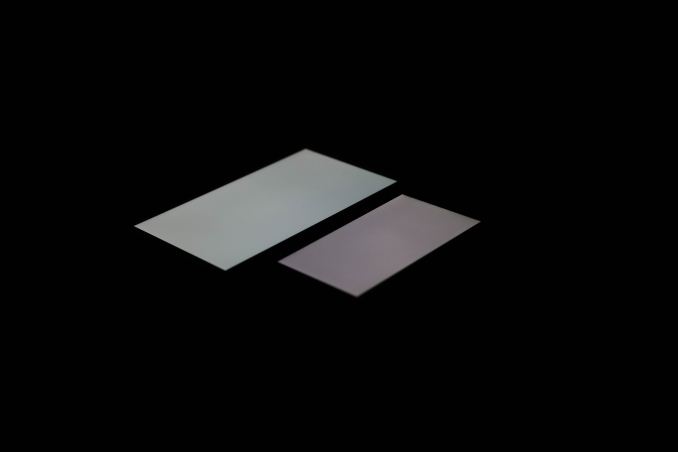
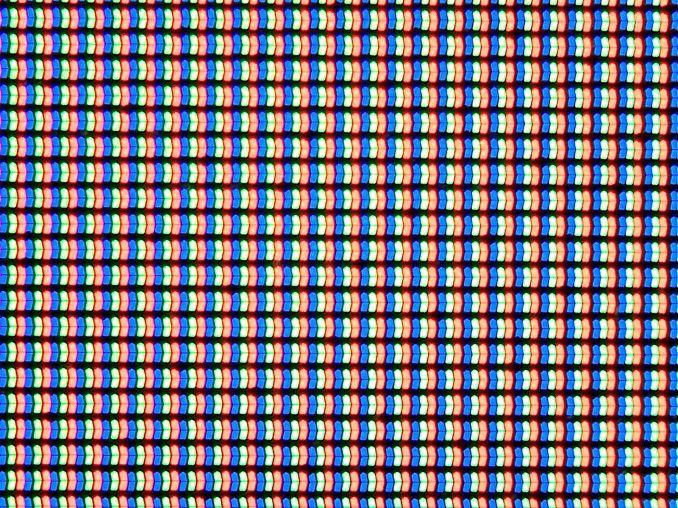

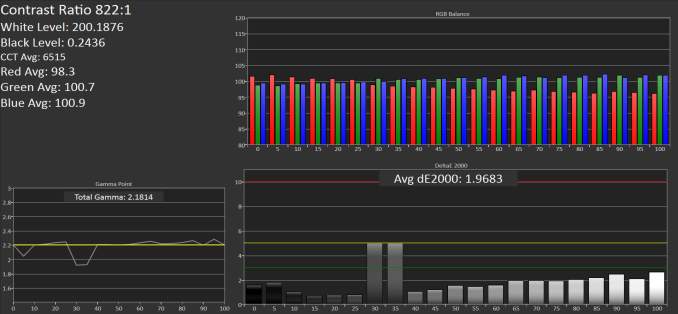

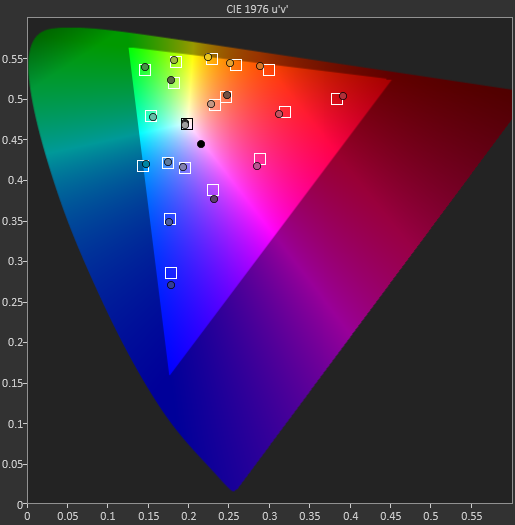








531 Comments
View All Comments
Morawka - Tuesday, September 30, 2014 - link
mods please clean this junk up. I don't want to see anandtech ruined by people like this. it's like the floodgates just opened and all the gremlins got in.Aengland818 - Wednesday, October 1, 2014 - link
Your blind hatred for someone with an opposing opinion is something worth examining. Why would you use such offensive language? What does it accomplish other than to make you look like a defensive, homophobic jerk!Kidster3001 - Thursday, October 2, 2014 - link
said the Pot to the Kettle...akdj - Friday, October 3, 2014 - link
Harsh language. Necessary?I think you've shown your IQ level. You're ignorant dude. Thank your computer for anonymity. Peeps like you aren't welcome in today's society
sonicmerlin - Tuesday, September 30, 2014 - link
Uh, the power cost of constantly digging into the NAND flash page files because of a lack of RAM is far more than an extra gig of RAM. In reality power consumption by adding more RAM is almost negligible, and in general RAM consumes only a tiny fraction of overall power to begin with.name99 - Tuesday, September 30, 2014 - link
"In reality power consumption by adding more RAM is almost negligible, and in general RAM consumes only a tiny fraction of overall power to begin with." Numbers? Proof?The article http://arxiv.org/pdf/1401.4655.pdf states that running a variety of SPEC2K programs on a Galaxy S2, RAM power and CPU power are more or less equivalent --- for some programs CPU power usage is higher, for some RAM power usage is higher.
This doesn't COMPLETELY answer the question, partly because that's older technology, partly because a large part of the issue is not how much power RAM uses when active but rather how much it uses when idle. Nonetheless it's a real data point suggesting that RAM is not free in terms of power, which is more than you're providing.
It's also worth pointing out that before the OS will be "constantly digging into the NAND flash page files"
(a) there is no paging file in iOS. There will be demand paging IN (most notably for instruction pages, probably also for at least some resource files that are marked read-only) and a small amount of paging OUT (as far as I can tell, the result of mmap'd filed) but there is no paging file.
(b) remember that iOS (like Mavericks) provides compressed RAM which, at least for the Mavericks experience, provides the equivalent of about 50% more RAM across a wide variety of usage scenarios. On iOS there is almost certainly dedicated HW performing the compression/decompression, which means low power and which may mean the usage of more aggressive algorithms than are possible on x86, providing even better compression ratios. This compression mechanism will kick in before pages are discarded (even read-only pages) which will further reduce the need to reload from flash.
I agree that the tabs situation for Safari is not ideal. However in real life, it is not a problem I actually ever encounter on my iPhone 5 (in Safari or otherwise). It's much more of a problem for iPad, and THERE I think Apple will really be screwing over its customers if it sticks with 1GB. On iPhone, I think this remains a theoretical, not a real problem. We can all invent stories about how it limits the future use of iOS 11, but that's pure guessing; it simply is not a real problem today for most users.
Kidster3001 - Thursday, October 2, 2014 - link
iPhones haven't need more memory for several reasons. 1. Android apps run in a VM. 2. Android can actively multi-task. 3. Android cannot be as highly customized (pared down) because it has to support more hardware. 4. More, more more.NEEDING the extra memory is a negative. HAVING it is not necessarily a negative. Battery life is what matters. I'll put my Android phone against any iPhone for battery life.
And seriously... "so lazy people don't have to close tabs". That like saying "I wish my OS was like DOS so I didn't have to close all these other Windows to do different things". It's not a good argument.
mrochester - Tuesday, September 30, 2014 - link
It's a win for Apple, and neither a win or a lose for customers. The iPhone is still the best smartphone on the market, even with 1GB of RAM, so what is pushing that to 2GB going to achieve other than simply cutting into Apple's profit margin? Us customers aren't going to get anything from it.mrochester - Tuesday, September 30, 2014 - link
Or is it that in your mind, Apple has some sort of moral obligation to put as much hardware in their devices as possible so as to justify their profit margin, even if it has no effect on the end user experience of the device. You essentially just want to know that the hardware is there for the sake of it and that Apple hasn't made quite so much money from your purchase?danbob999 - Tuesday, September 30, 2014 - link
Apple has no moral obligations.To be taken seriously, we could say that users have a moral obligation not to say that Samsung devices are cheap when they are in fact more expensive to make than iPhones.